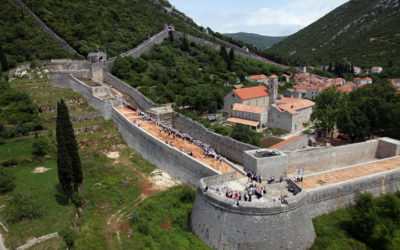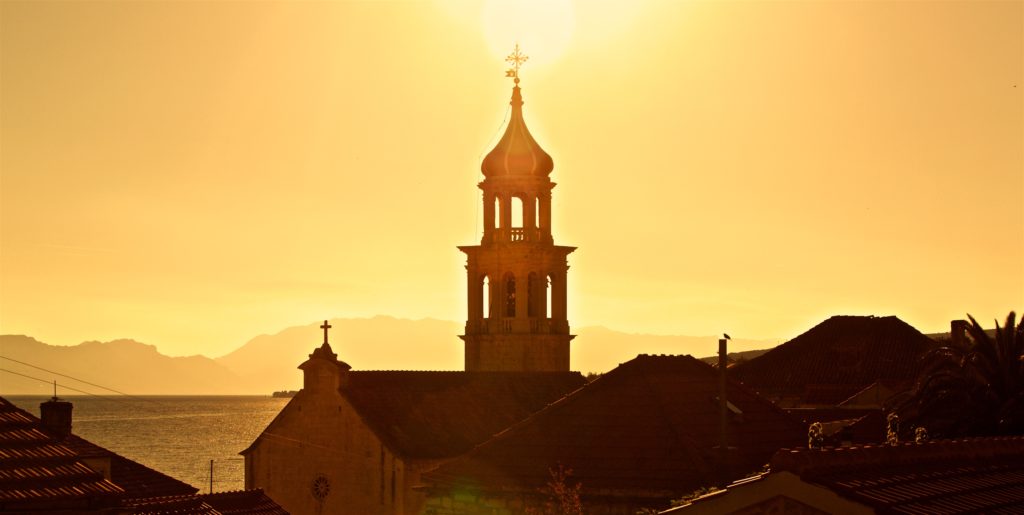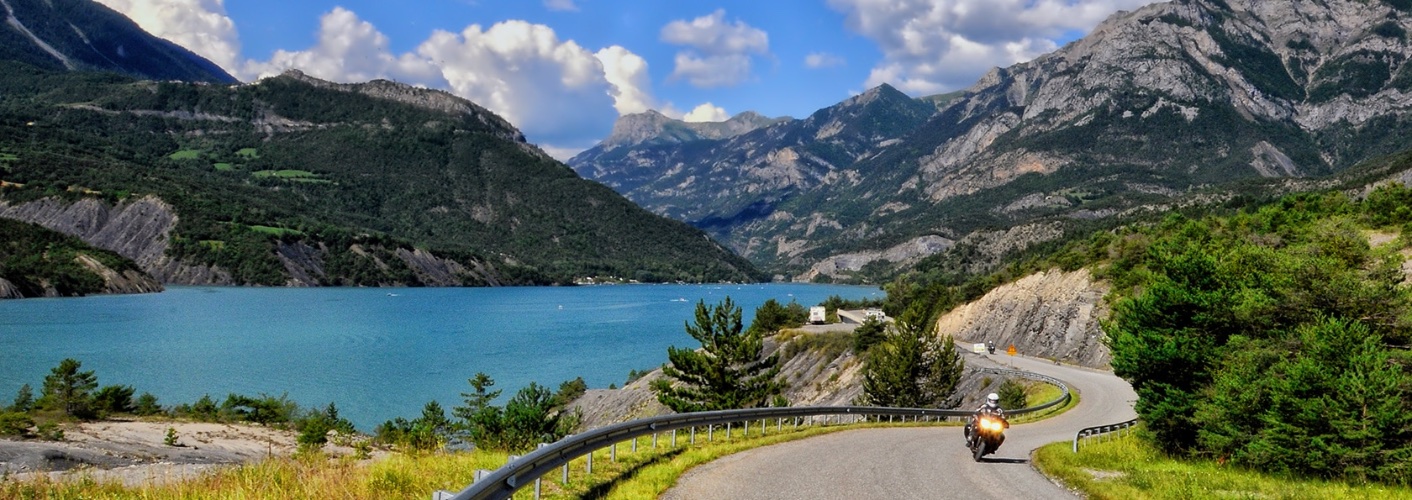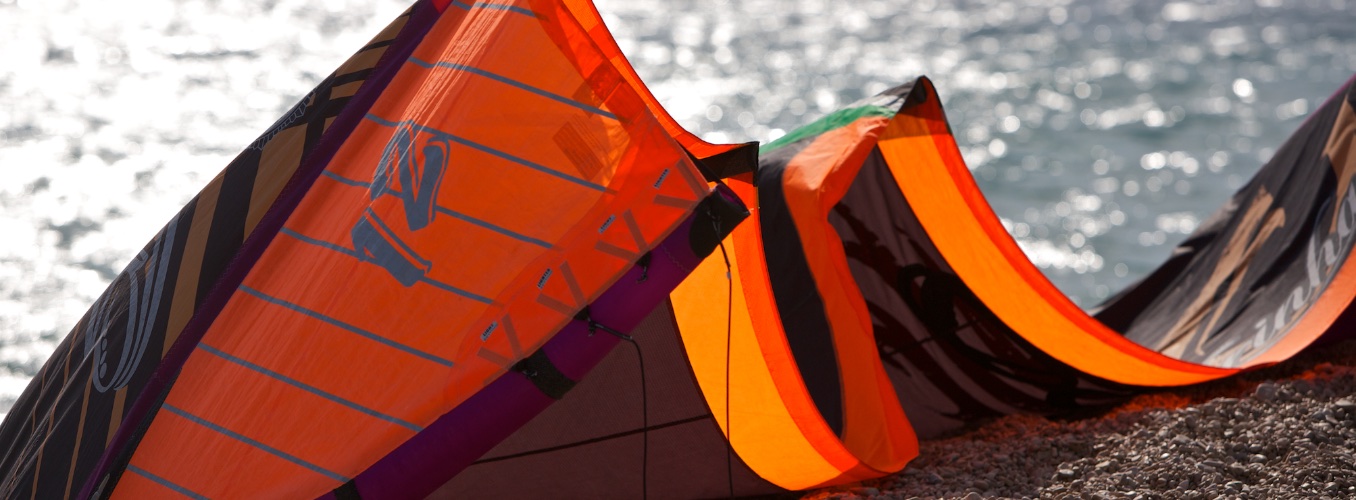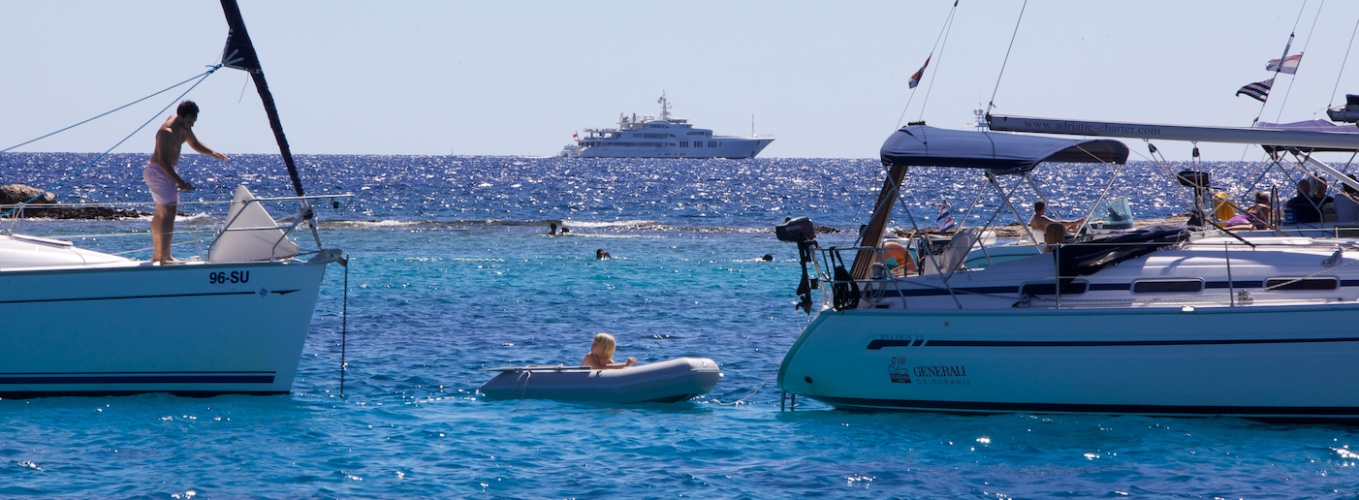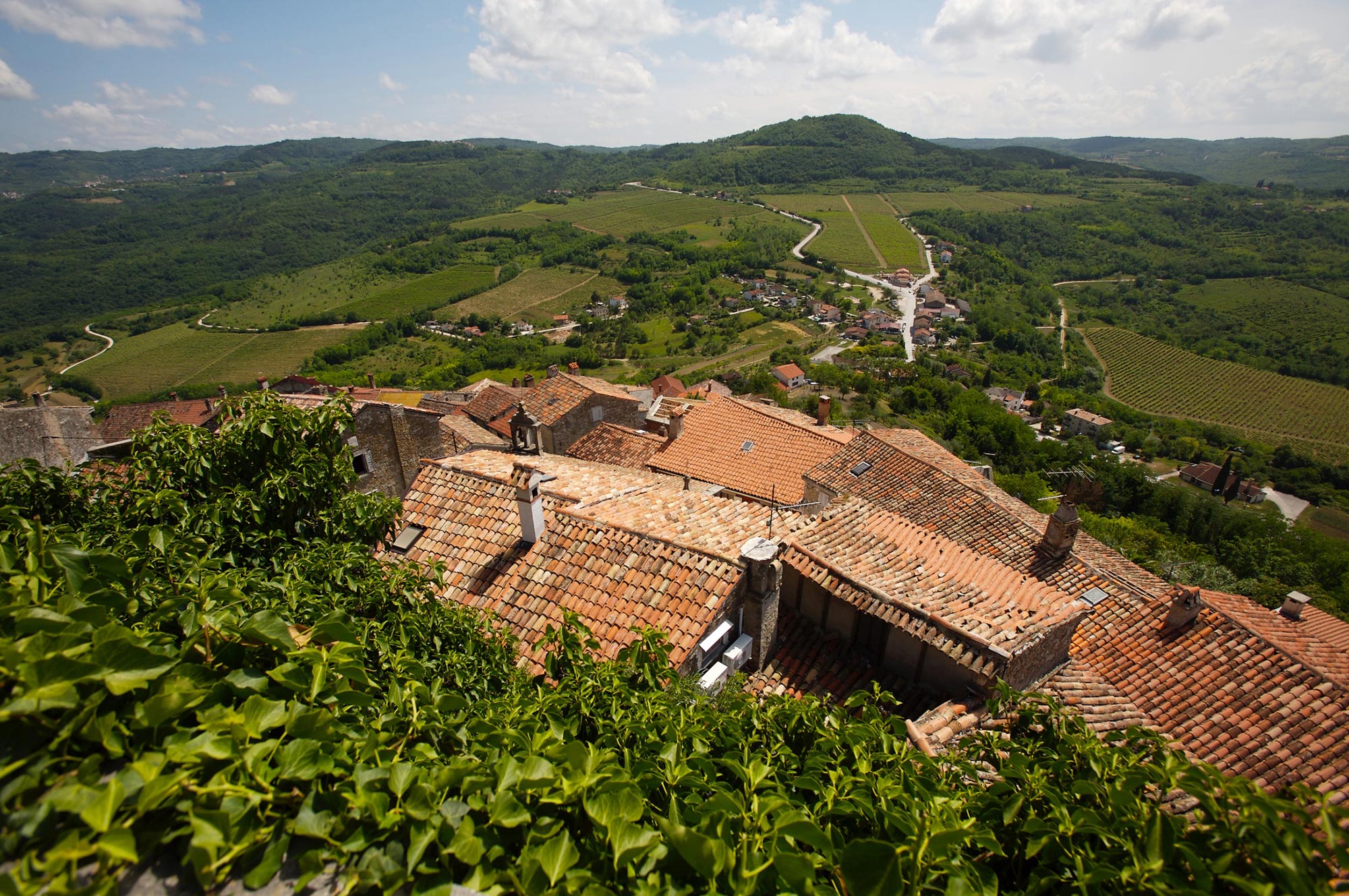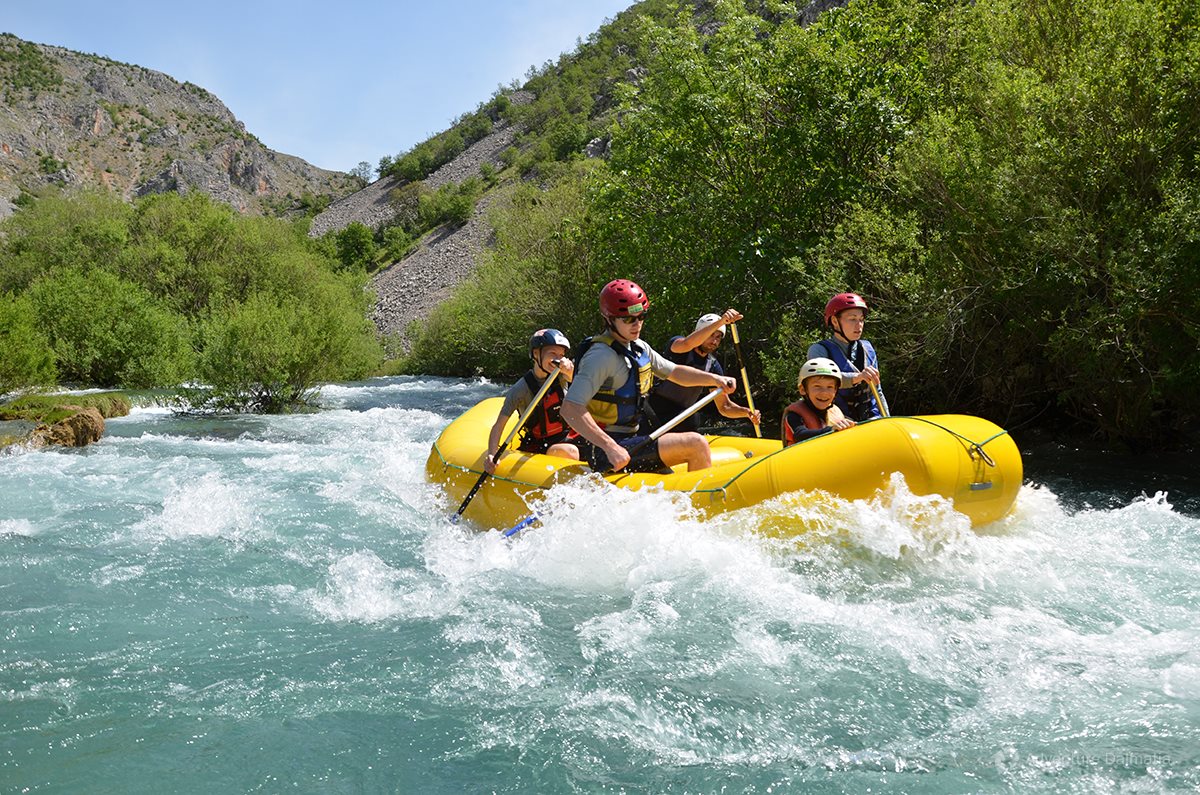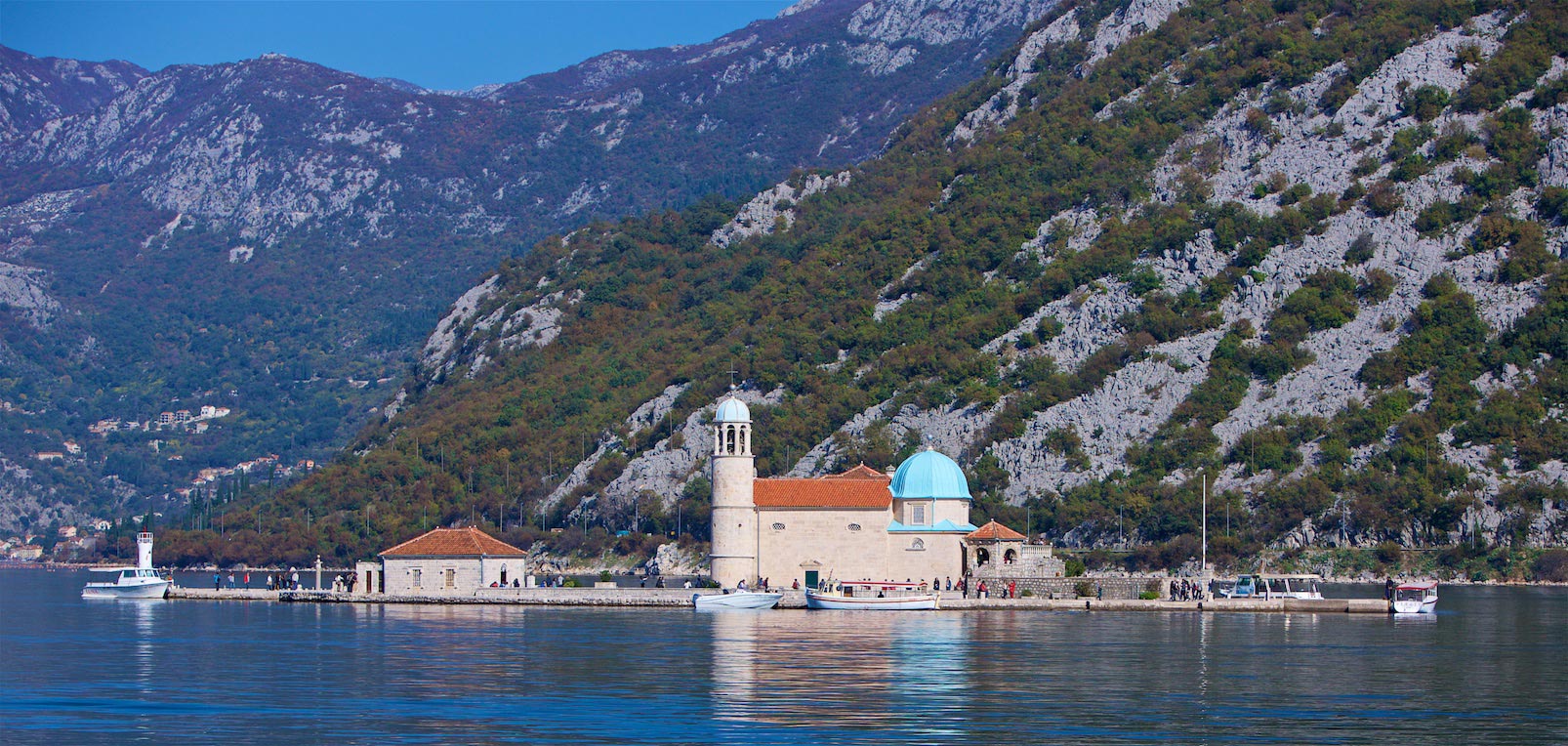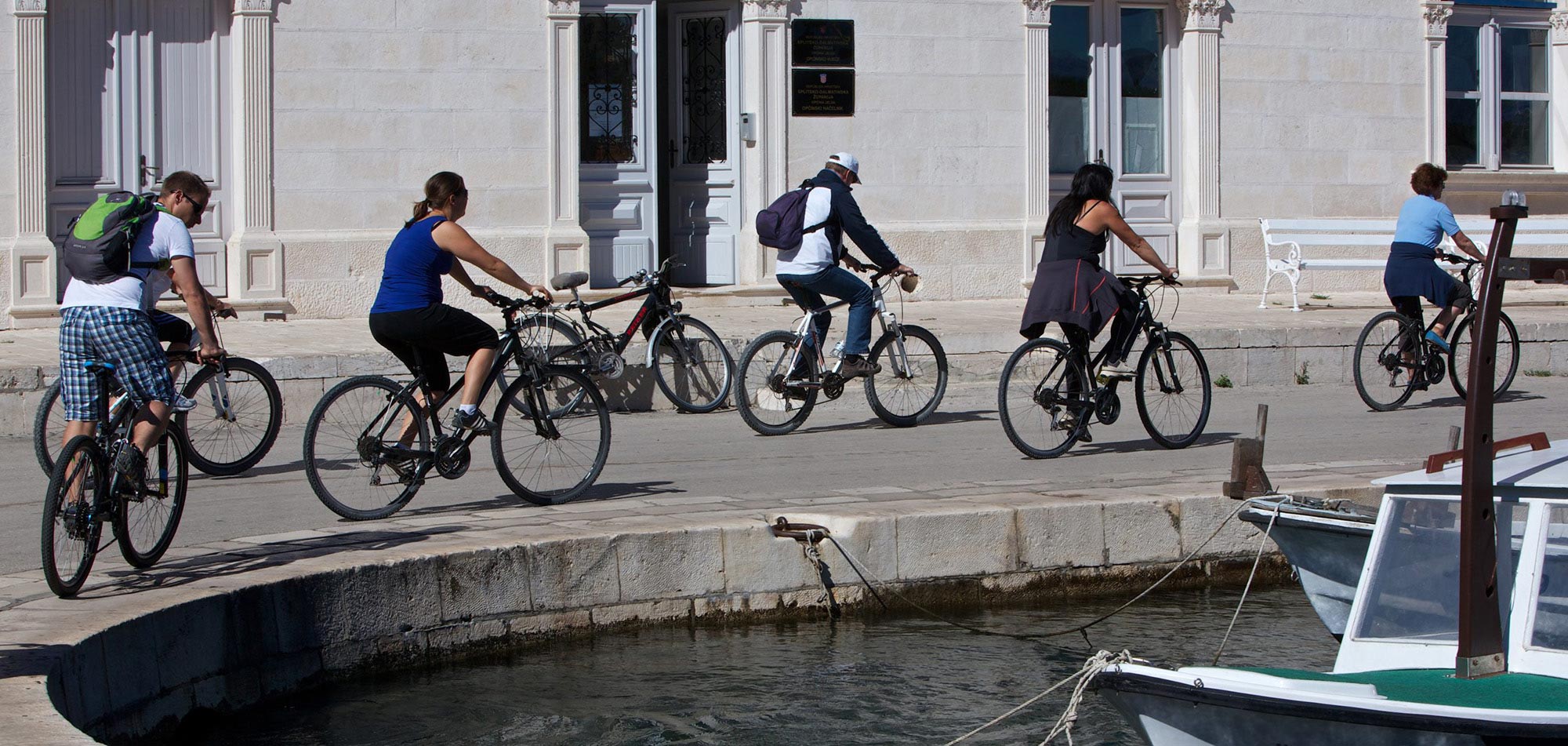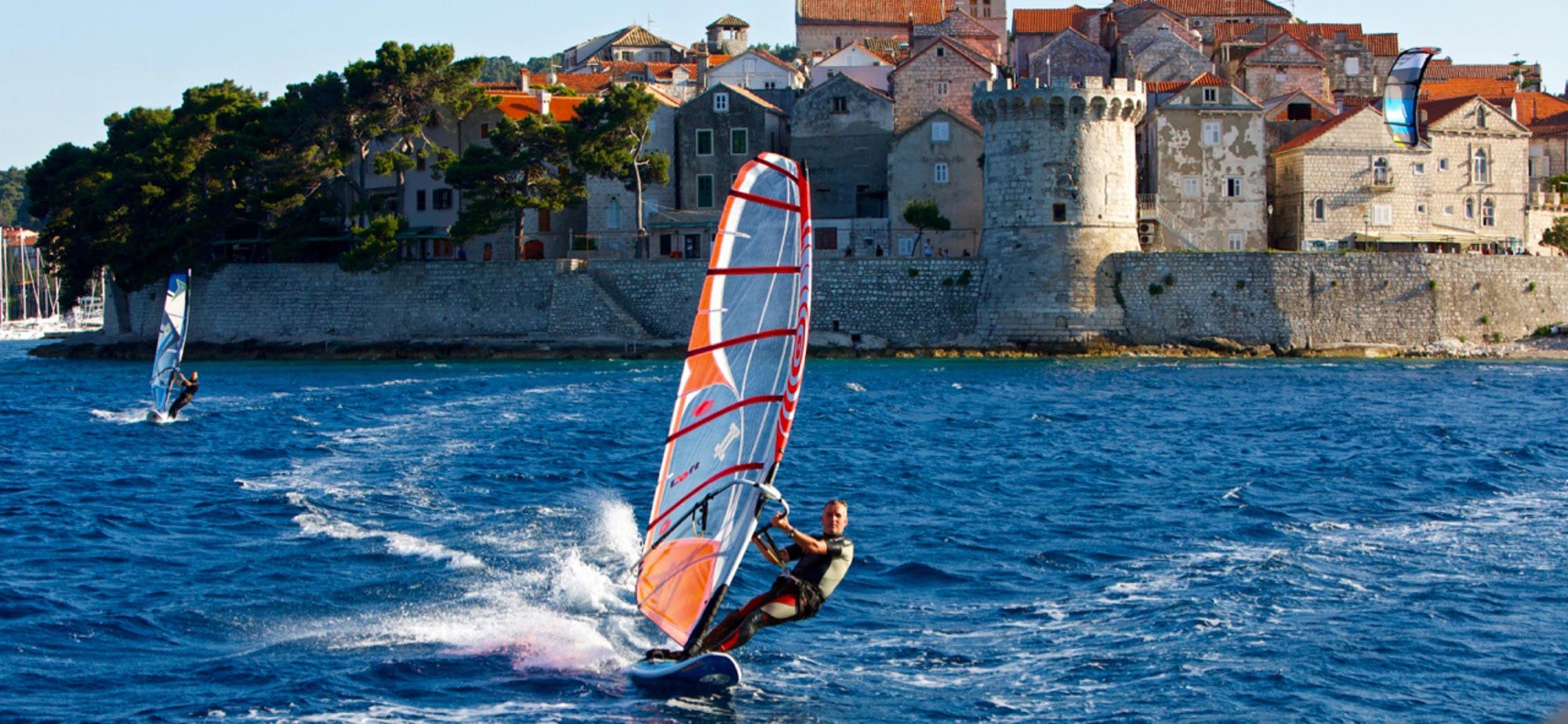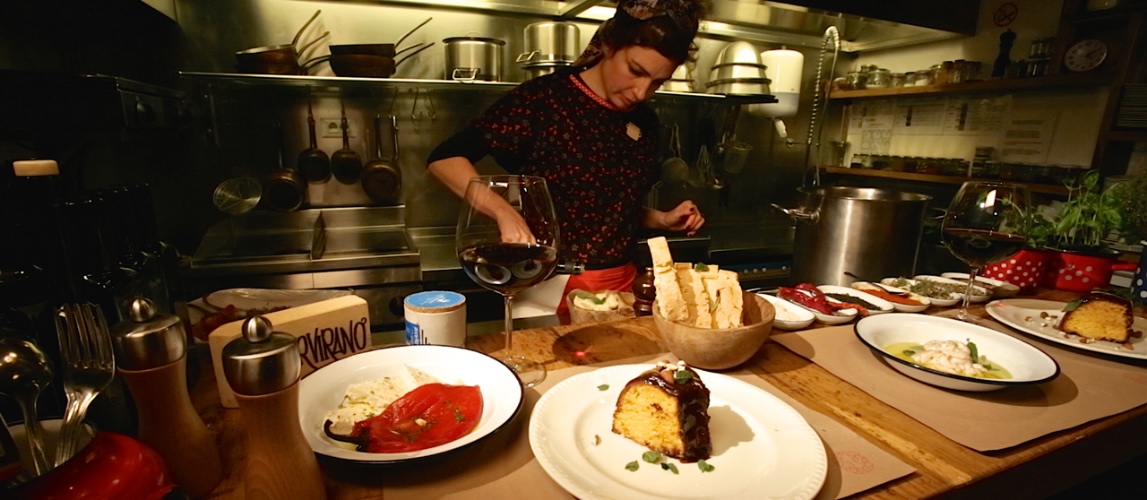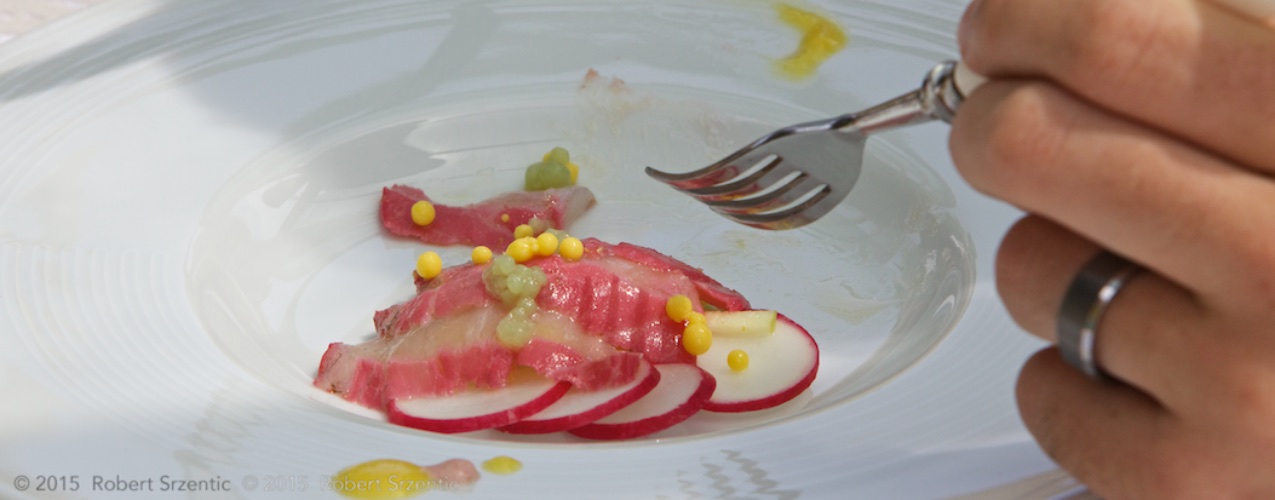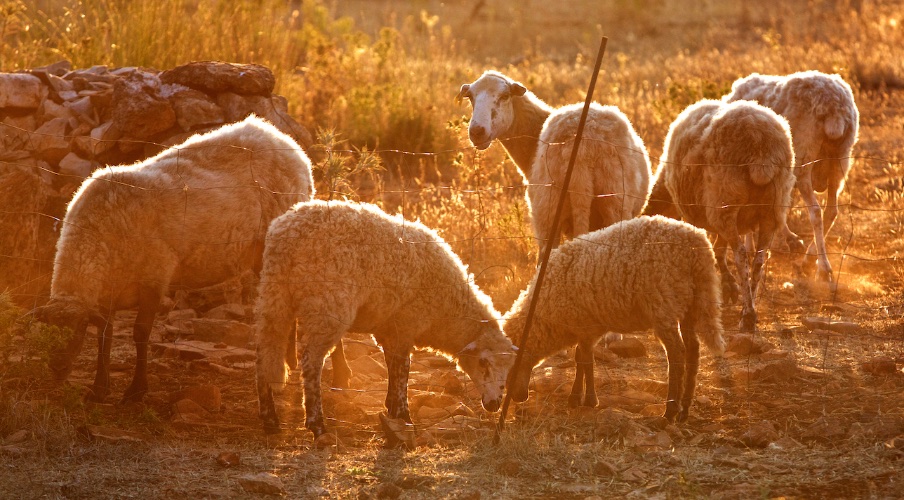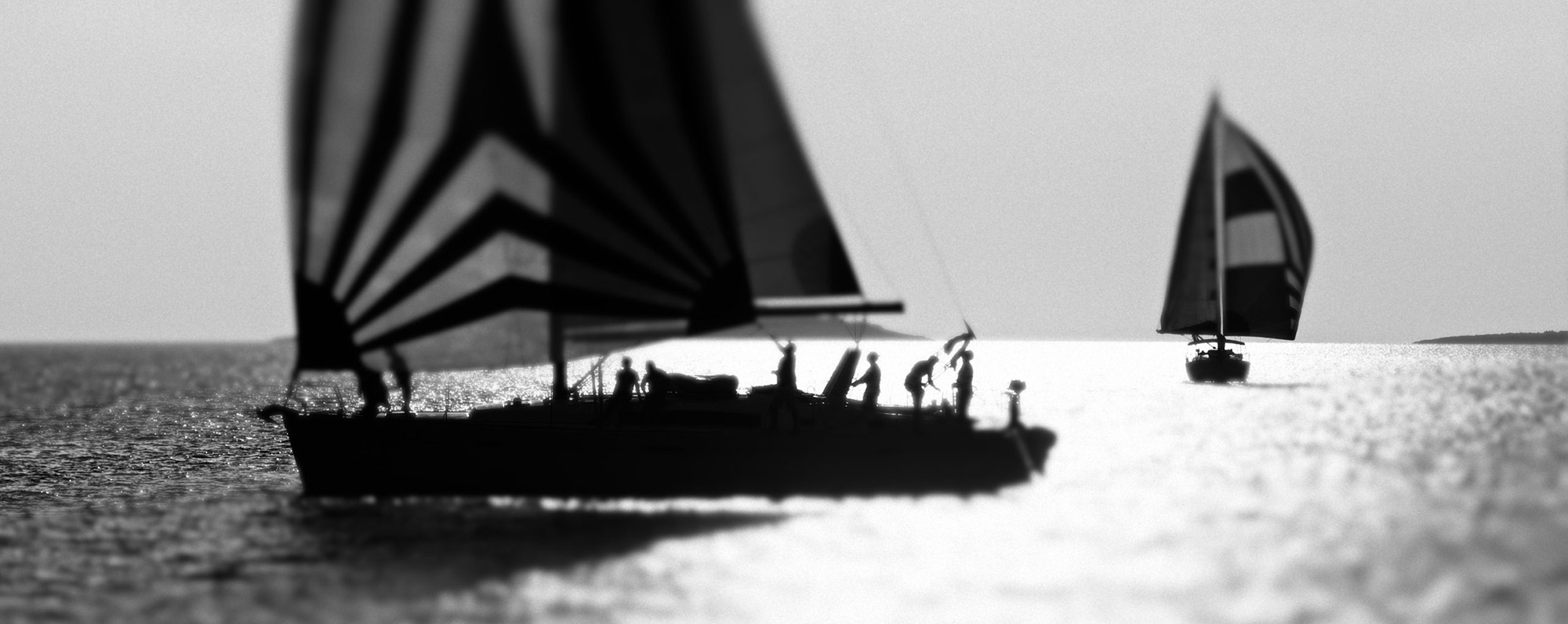Discover the secrets of the Balkans along the coast & inland villages
Backroads of the Balkans is an expedition across Croatia, Montenegro, Bosnia & Herzegovina.
You’ll experience a wide range of rides, cultural and local experiences, excellent cuisine and meet interesting people along the way.
Optional extensions to Albania, Macedonia, Bulgaria and Greece.
This ride is for all level of riders with winding mountain roads, breathtaking coastal hiway, backroads, and local island roads. All roads are paved, safe and well maintained.
Choose from our premium motorcycles, travel with expert local guides in fully supported tour with great accommodations, excellent local cuisine, cultural activities.
Coastal, inland, paved and backroads
Each day brings a new ride along the spectacular coastal road and islands of the Split Archipelago and Elafiti Islands to Dubrovnik and on to Montenegro and Bosnia & Herzegovina.
- Begin in Ancient Split
- Ride by Oyster farms and through the ancient fortress in Mali Ston
- Bike the spectacular Coastal road to Dubrovnik
- Explore the back roads of Montenegro from fortress to fortress and spectacular Kotor Bay
- Wind your way through the villages of Bosnia & Herzegovina
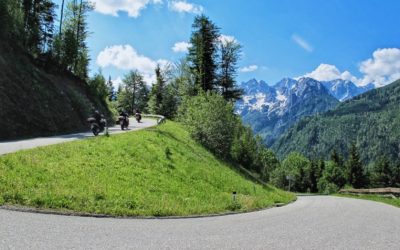
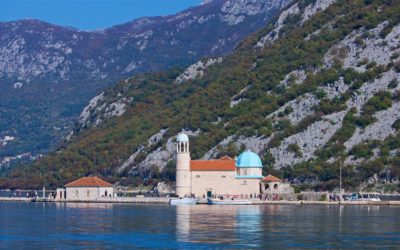
Breathtaking scenery, historic routes, complex culture
Bike through the history of the Balkans – complicated and teaming with diverse culture, historic icons and beautiful nature – the rugged Dinaric Alps, monuments of the Balkan war, waterfalls, lakes, serpantine pathways through mountain villages . . .
Mostar
Located in the inlands of Bosnia and Herzegovina, is Mostar, most well known for its 16th century bridge. Built by the Ottomans in the 16th century, this stone bridge is a symbol of the war and now connects two culturally and religiously diverse areas. With fortified towers on each side, known as ˝Bridge Keepers˝(Mostari) Belebija and Tara, this bridge dominates the Neretva River with a height of over twenty meters. Visit the Bizaar, turkish house and local mosque.
Kravica Waterfalls
Stop in Kravice National Park on the Trebižat River not far from Mostar – a spectacular cascade that plummets over 30-meter (98-foot) forming a natural amphitheater spanning 120 meters as the river splits into a dozen or more separate waterfalls between massive boulders into the lake below.
Pocitlj – UNESCO heritge site
The Ottoman-era fortress village of Počitelj is surrounded by a rocky amphitheatre, with stairways climbing between medieval stone-roofed houses. The large 1562 Hadži Alijina Mosque was fully restored after its destruction in the war of independence in the 1990s. The 16 meter clock tower remains bell-less, as it has been since 1917. The iconic Gavrakapetan Tower is in the still part-ruined Utvrda fortress. You can climb the bell tower and ramparts for spectacular views over the countryside.
Kotor & Surrounding Montenegro
Ride along coastal Montenegro to Kotor Bay and the medieval town of Kotor & the ramparts of St. John’s (Sveti Ivan) Fortress, originally built by the Illyrians in the 5th century.
Descend the back side of the mountain along switchbacks back to Kotor.
The earliest Kotor city walls were built into steep, rocky cliffs back in the 9th century to protect the town from invaders. They were added to over the years by whoever ran the city at the time – everyone from the Illyrians to the Byzantines and Venetians – until the 15th century when they finally formed a full loop running up into the hillside. There’s a mixture of ramparts, gates, churches, forts and bastions mixed in with them, and despite the onslaught of time, invasion and earthquakes they’re still remarkably well-preserved.
Sarajevo
Sarajevo is one of the most historically interesting cities in Europe and the political, historical & cultural center of Bosnia & Hercegovina. Home to Roman Catholics, Orthodox Christians, and Bosnian muslims, Sarajevo is often referred to as the Jerusalem of Europe.
Known for the assassination of Archduke Franz Ferdinand beginning WWI, the wonderful Bascarsija bazaar, and the elegant Austro-Hungarian architecture, it is also a vibrant living city.
Blagai
The Tekke (khanqah, dervish house), at the source of the river Buna, was founded by Dervishes from the Bektashi order in the 16th century. The buildings were two-story buildings, with protruding oriel windows and beautiful flower gardens. Two musafirhanas (charity houses for guests) were used for the accommodation of travelers.
Customize your activities & itinerary
We’ll custom design your route with:
- Great biking on a mixture of hiway and backroads, some optional off road
- Flexible itinerary – your motor guide will advise you of choices along the way
- Cultural and historical tours & activities
- Stop at tiny family restaurants and hidden “Konobas”
- Overnight at authentic boutique hotels
- Customize your journey for your style, your pace, your interests
- 4 to 6 hours per day riding
